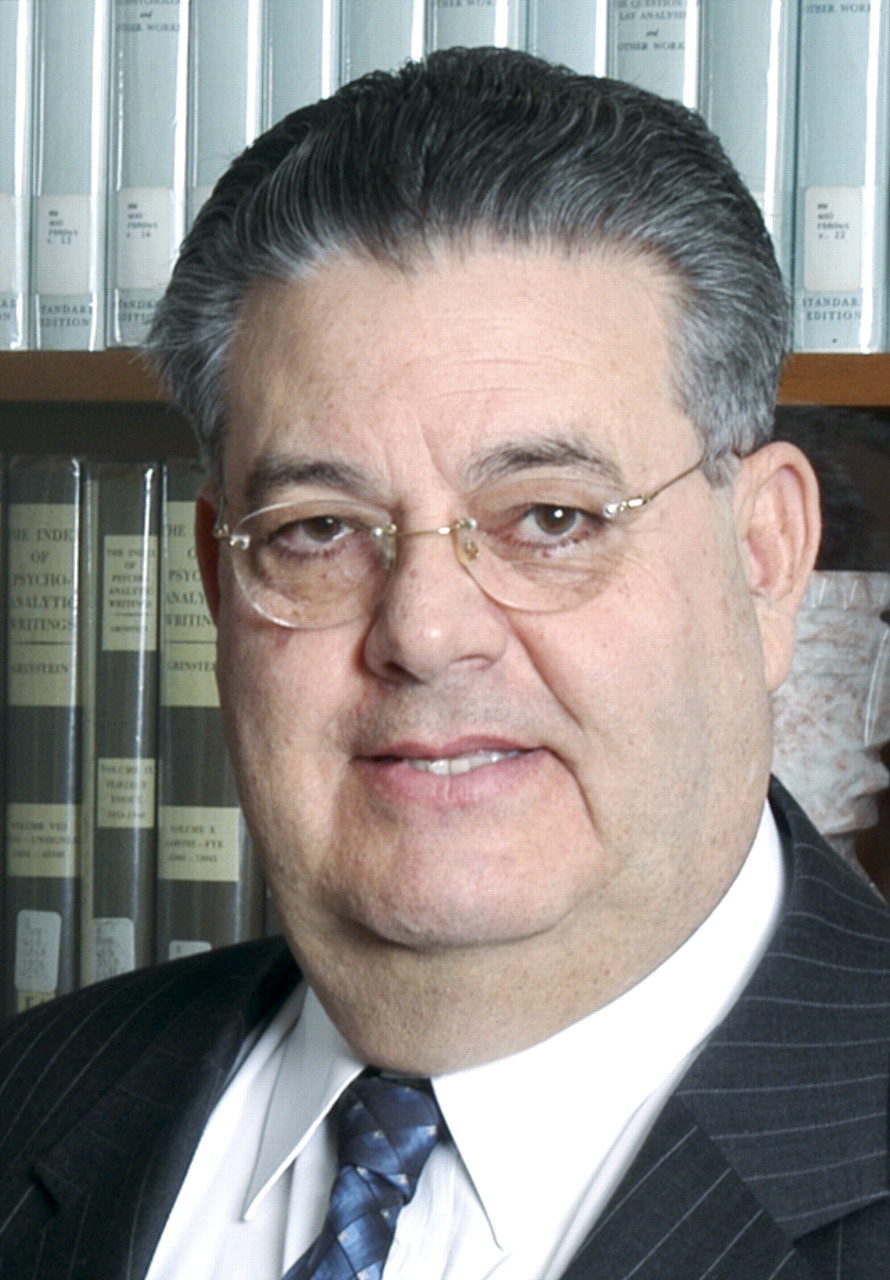In this, my first Psychiatric News column, I decided to address one of the policy positions I took during my campaign for president-elect of APA—that is, to reach out and empower as many APA members as possible during my tenure as president. Additionally, I promised to diversify the APA leadership as much as possible. During my year as president-elect, I had the opportunity to deliver on these two policy positions.
As I considered the appointment of members to APA components, I developed the following policies:
•
Not to appoint APA members to more than one position.
•
Not to appoint APA members who were already serving on another component.
•
Not to reappoint APA members whose tenure expires in 2006 and who are members of more than one APA component.
•
Not to request waivers for reappointments beyond what is stipulated in the APA Operations Manual; that is, up to three years as chair of a component, up to five years as a member of a council, up to six years as a member of a committee, and so on.
•
To appoint as many members as possible from ethnic minority groups and other disadvantaged or culturally relevant groups.
•
To appoint the most highly qualified person for a given task or component's function.
•
To appoint members who had no conflicts of interest in terms of the work of the component to which they were being appointed.
•
To return APA's appointment system to one that ensures that components reflect the diversity of APA's membership, are infused with fresh blood each year, and have the expertise they need to carry out their mission.
With regard to this last point, a number of factors—including component reorganization, member resignations, and term extensions—led to a breakdown of the appointment system, leaving me with a limited number of appointments to make this year. This, combined with the large number of outstanding candidates for component positions, made achieving my goals and objectives particularly challenging.
There is work left to be done in addressing these structural issues, and I will raise them again. The staff from the APA Department of Association Governance and the members of the Joint Reference Committee have helped me a great deal in trying to right the system once again. My appreciation goes to all of them.
My goal to reach out and empower new APA component members was not always an easy one, since this has meant that current and highly valued component members must move on. However, a very positive outcome did result from my efforts to involve new APA members in the component structure. As I selected individuals for appointment, I found that some were in the process of resigning from APA or were about to be dropped from membership because they had not paid their dues. We let these members know that they were being considered for participation in APA's leadership. Much to my satisfaction, almost all of them rescinded their resignation and/or paid their membership dues. Needless to say, this very positive outcome gave me further impetus to pursue my appointment policies. Thus, I moved forward with all my APA appointments based on the guidelines I outlined above, with only a few exceptions. These exceptions were made when I believed that doing otherwise would impact negatively on the organization, and thus its members.
My experience in appointing APA members to components for the coming year leads me to suggest several points for consideration:
•
Reaching out and empowering APA members is an effective membership retention tool.
•
The current appointment policies that I used should be maintained by future APA presidents.
•
APA members should consider voting for presidential candidates who will give high priority to and respect these appointment policies.
•
APA's appointments system should be reviewed and, where necessary, fixed, once and for all.
I look forward to serving you during my tenure as your president. I welcome you to send me your comments at
[email protected].▪

